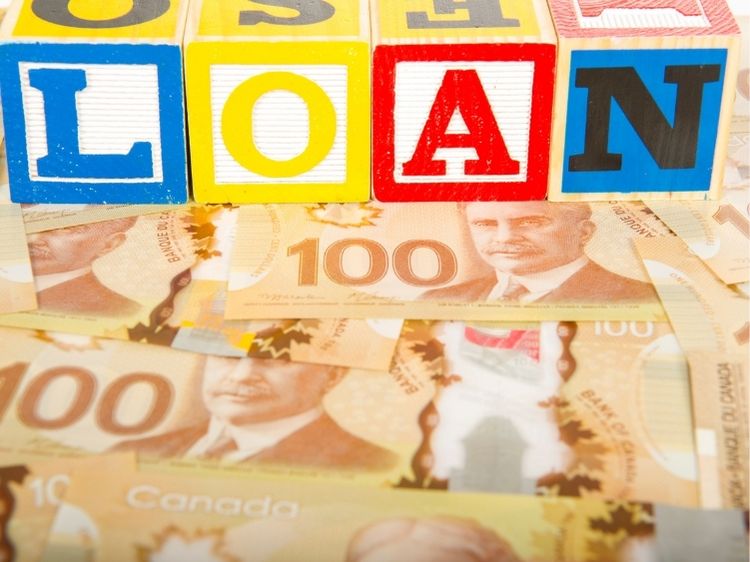Why Consider a HELOC Loan?
A HELOC loan (Home Equity Line of Credit) is a handy financial tool that lets homeowners tap into their home’s equity for significant expenses. Whether you’re planning a home renovation, paying for college tuition, or consolidating debt, a HELOC can be a game-changer. But how does it work, and is it the right fit for you? Let’s dive in and break it all down.
What is a HELOC Loan?
Simply put, a HELOC loan allows you to borrow against the equity in your home. Think of it as a credit card backed by your home—you’re approved for a specific credit limit, and you can draw from it as needed.
Key Features of a HELOC Loan
- Flexible Borrowing: Use funds only when necessary.
- Revolving Credit Line: Pay off the balance, and the credit becomes available again.
- Variable Interest Rates: Rates can fluctuate with the market, though some lenders offer fixed-rate options.
- Draw and Repayment Periods: Typically, there’s a draw period (5-10 years) where you can borrow and only pay interest, followed by a repayment period (10-20 years) for the principal and interest.
How Does a HELOC Loan Work?
Using a HELOC is straightforward, but understanding the mechanics can help you avoid costly mistakes.
- Determine Eligibility: Lenders usually require at least 15-20% equity in your home.
- Application Process: Provide proof of income, credit history, and home valuation.
- Receive Credit Line: After approval, access your funds via checks, a card, or online transfers.
- Pay as You Go: Only pay interest on the amount you borrow during the draw period.
Example Scenario
Let’s say your home is worth $400,000, and you owe $200,000 on your mortgage. If the lender allows up to 80% loan-to-value (LTV), you could potentially get a HELOC for $120,000.
Pros and Cons of a HELOC Loan
The Upsides
- Low Initial Costs: Often, HELOC loans have low or no upfront fees.
- Interest-Only Payments (Initially): Keep payments manageable during the draw period.
- Flexibility: Use funds for various purposes—home improvements, medical bills, or emergencies.
The Downsides
- Variable Interest Rates: Payments can increase if rates rise.
- Risk of Foreclosure: Your home is collateral; missing payments can lead to serious consequences.
- Overspending Temptation: Easy access to funds might lead to unnecessary debt.
When Should You Consider a HELOC Loan?
Not every financial situation calls for a HELOC loan. Here’s when it makes sense:
- Home Renovations: Adding value to your property justifies tapping into your equity.
- Debt Consolidation: Replace high-interest debts with a lower HELOC rate.
- Emergency Expenses: When savings fall short, a HELOC can be a lifeline.
When to Avoid It
- Unstable Income: If your cash flow is inconsistent, the risk may outweigh the benefits.
- Rising Interest Rates: A variable rate can lead to unpredictable payments.
HELOC Loan vs. Home Equity Loan: What’s the Difference?
Although both leverage home equity, they differ significantly:
| Feature | HELOC Loan | Home Equity Loan |
| Loan Type | Revolving line of credit | Lump sum loan |
| Interest Rate | Variable (mostly) | Fixed |
| Repayment | Flexible, based on usage | Fixed monthly payments |
| Best For | Ongoing or unpredictable expenses | Large, one-time expenses |
How to Qualify for a HELOC Loan
Meeting lender requirements is key to securing a HELOC. Here’s what they’ll look at:
- Equity in Your Home: You’ll need significant equity—usually 15-20%.
- Credit Score: Most lenders prefer scores above 680.
- Debt-to-Income Ratio (DTI): Keep it under 43% to boost your chances.
- Proof of Income: Demonstrating a stable income reassures lenders.
HELOC Loan Tips: Make It Work for You
A HELOC loan can be a great tool if you use it wisely. Follow these tips to stay on track:
- Borrow Only What You Need: Avoid treating your HELOC like free money.
- Shop Around: Compare rates, terms, and fees from different lenders.
- Plan for Rate Increases: If your HELOC has a variable rate, budget for potential hikes.
- Pay Off the Balance Quickly: Minimize interest costs by paying more than the minimum.
FAQs About HELOC Loans
What can I use a HELOC loan for?
A HELOC is versatile and can be used for home renovations, tuition fees, medical bills, or debt consolidation.
Is a HELOC loan tax-deductible?
Yes, if the funds are used to improve your home, you may qualify for a tax deduction. Check with a tax advisor for specifics.
What happens if I default on my HELOC?
Since your home is collateral, the lender can foreclose if you fail to make payments.
Can I pay off a HELOC early?
Absolutely! Many HELOCs have no prepayment penalties, but confirm with your lender.
Conclusion: Is a HELOC Loan Right for You?
A HELOC loan can be a powerful financial resource if managed responsibly. By leveraging your home’s equity, you can tackle major expenses without resorting to high-interest loans. However, the key lies in understanding the risks and staying disciplined.
Take the time to assess your needs, compare lenders, and map out a solid repayment strategy. With careful planning, a HELOC can provide the flexibility and financial relief you need.






